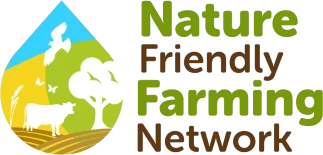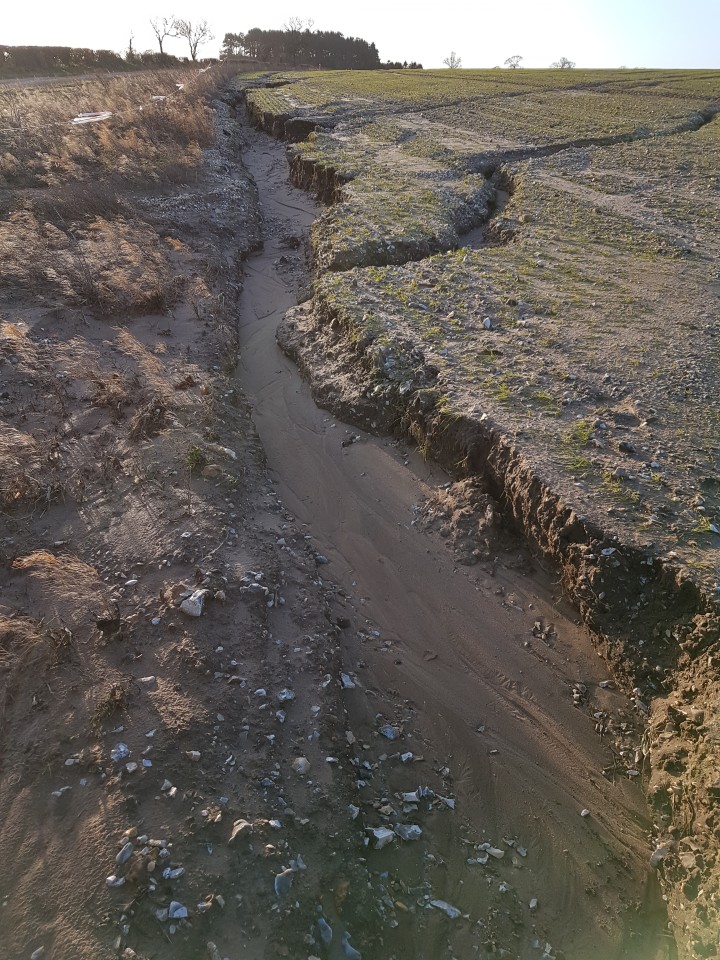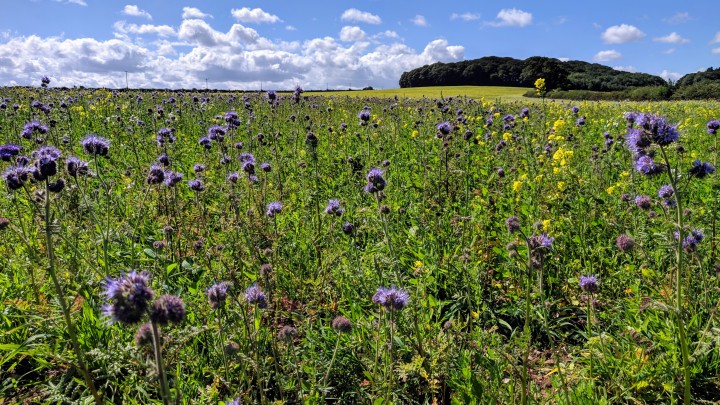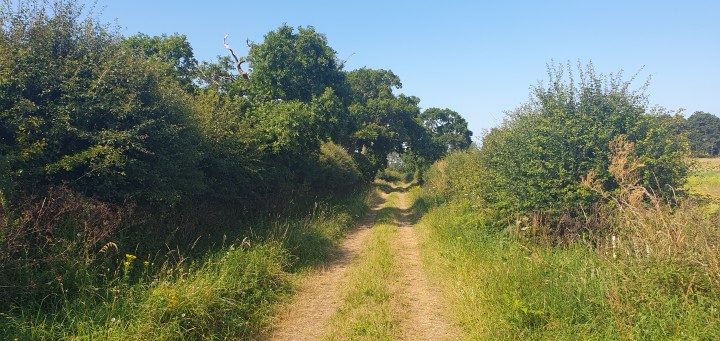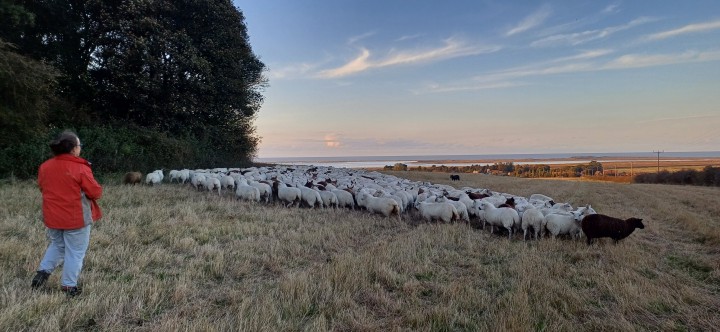A dramatic flooding incident was the turning point for Deepdale Farm to embrace more nature-friendly practices. However, as the need for food production grows, this arable farm now faces significant challenges in finding the right balance between nature, soil health, viability and profitability.
Nestled in a corner of the North Norfolk coast, between the seaside towns of Hunstanton and Wells-next-the-Sea, lies Deepdale Farm, spanning 300 hectares. The fields stretch right down to the sea, where the land meets the water in marshlands that provide excellent habitats for birds. The arable farm is currently at a pivotal stage in its nature-friendly farming journey, with co-manager Anna Biesty working to navigate important questions about what its future holds.
The land has been in Anna’s family since the 1930s, but it was her father, Alister Borthwick, who first took a serious interest in farming. He farmed through a challenging period in the 1980s and ‘90s when he had to run the village pub as well as the farm to make ends meet. He later farmed alongside Anna’s brother Jason, until his sudden death in September 2019.
While changing the way they farmed had been vaguely discussed, the transition to a nature-friendly approach at Deepdale, began in a sudden and dramatic way.
“Minor flooding had been a regular issue,” Anna recalls. “But in March 2020, one particular field, with a long sloping gradient, had been ploughed down the way, rather than across, after carrots had been harvested. Sustained heavy rainfall cut ravines into the field, washing the top soil down into a cottage below and blocking the main Norfolk coast road. It was pretty horrendous.”
